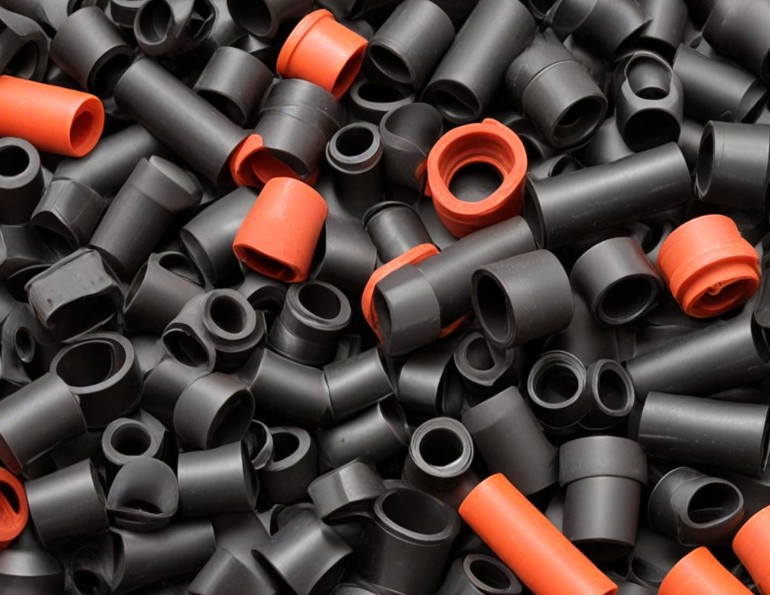📝 Introduction
Plastic and rubber components play a vital role in countless products we use every day — from automotive systems to household appliances. But how are these parts actually made? What materials, machines, and techniques are involved? In this article, we provide a step-by-step overview of the plastic and rubber part manufacturing process, highlighting the key stages and technologies.
🏭 1. Design & Mold Development
Every product begins with a design phase. Engineers determine the function, dimensions, and performance requirements of the part. Using CAD (Computer-Aided Design) software, precise technical drawings are created.
Based on these drawings, molds are manufactured — typically from steel or aluminum. The mold is the heart of production, shaping the final part with accuracy and consistency.
⚙️ 2. Raw Material Selection & Preparation
For Plastic:
- Thermoplastic granules (such as PP, ABS, PA) are commonly used.
- Additives like colorants or glass fiber may be blended to enhance performance.
For Rubber:
- Natural or synthetic rubber is selected (e.g., EPDM, NBR).
- Vulcanization agents (like sulfur) and other chemicals are prepared.
🔥 3. Manufacturing Techniques
Plastic Parts:
- Injection Molding: The most widely used method. Plastic granules are melted and injected into the mold, then cooled and ejected.
- Other techniques include extrusion, thermoforming, and 3D printing, depending on part complexity.
Rubber Parts:
- Compression Molding: Rubber is placed into a heated mold and pressed into shape.
- Transfer Molding and Rubber Injection Molding are used for more complex or precision parts.
🧪 4. Quality Control & Testing
Each part is inspected for accuracy, durability, and surface quality. Tests may include:
- Hardness testing (Shore scale),
- Leak and sealing tests,
- Dimensional accuracy checks.
The goal is consistent, defect-free production that meets industry standards.
🚚 5. Packaging & Delivery
Finished parts are sorted, labeled, and packaged according to customer specifications. Proper packaging ensures that components arrive undamaged and ready for use.
📌 Conclusion
The production of plastic and rubber parts is a precise, technical process that requires experience and quality control at every stage. Choosing the right design, materials, and manufacturing method can make a significant difference in cost, performance, and product lifespan.
At our company, we offer expert solutions for high-quality plastic and rubber component manufacturing. Get in touch to find the right approach for your business.

